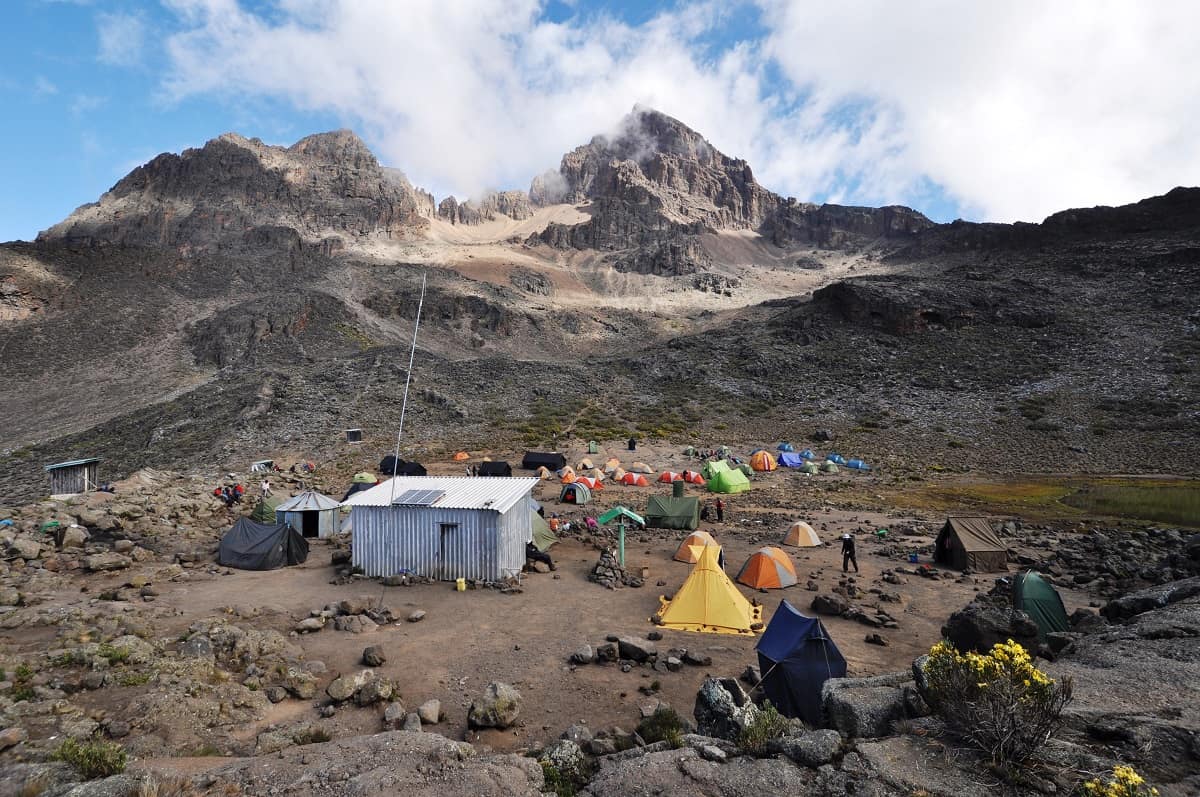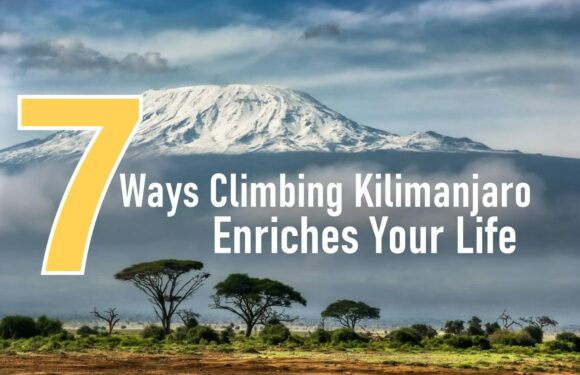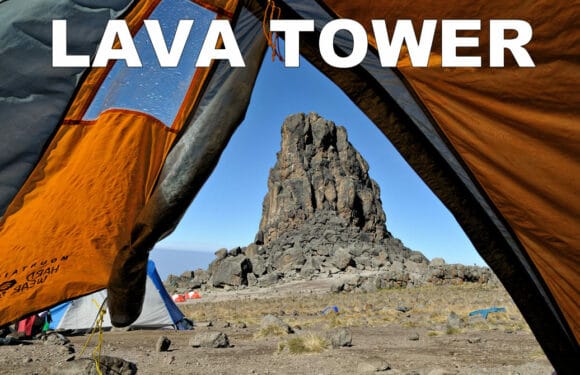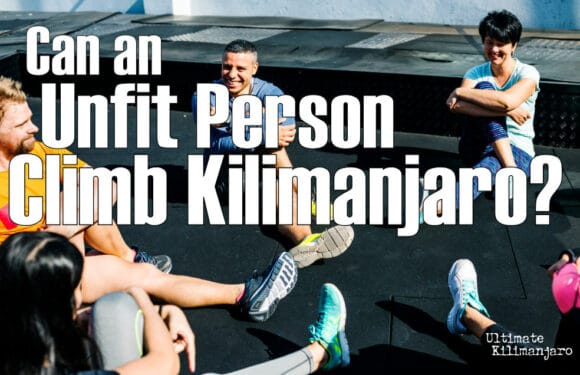
Climbing Kilimanjaro is a fairly difficult yet achievable challenge for the average person. To succeed, physical and mental strength, endurance, and the ability to acclimatize are required.
One of the first questions people ask when contemplating climbing Kilimanjaro is, “How hard is it?”
If the commonly reported success rate of 50% is any indication, it would seem that climbing Kilimanjaro is very tough. However, the true answer is more nuanced because the difficulty depends on several factors, each of which varies from one climber to another.
Altitude & Acclimatization
The main challenge of climbing Kilimanjaro is dealing with the high elevation. Altitude sickness, or Acute Mountain Sickness (AMS), is an invisible yet significant obstacle for many who aspire to conquer Kilimanjaro.
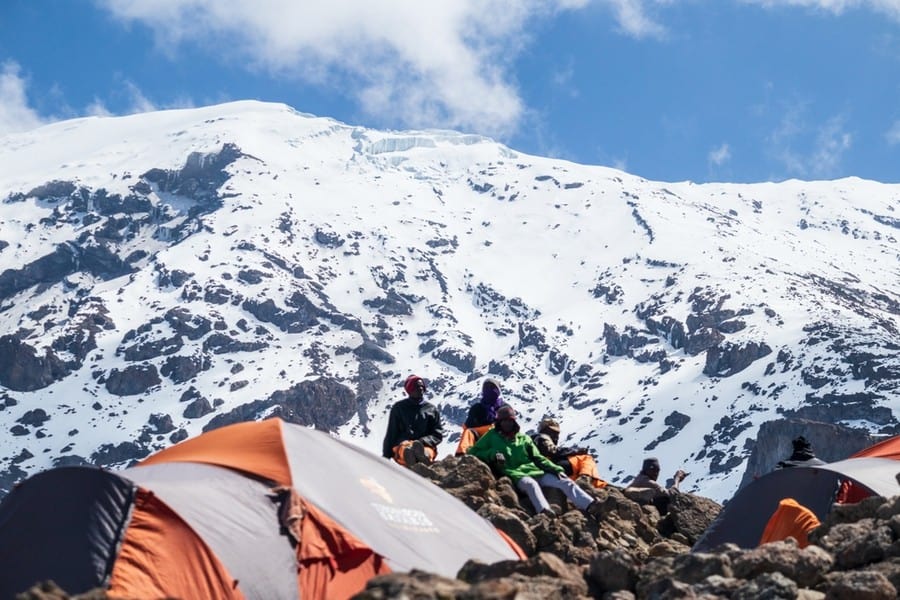
Low oxygen levels at high altitudes cause problems for the human body because oxygen is critical for performing metabolic processes. At sea level, the oxygen levels are sufficient for the needs of the body’s cells. But, as altitude increases, the reduced oxygen starts to hinder the body’s ability to function efficiently, particularly during physical exertion. To compensate, our respiratory rate increases, our heart rate elevates, and we produce more red blood cells to improve the blood’s oxygen-carrying capacity.
If these mechanisms are insufficient, and our brains, muscles, and organs do not receive the oxygen they need, we experience altitude sickness. The condition is quite common on Kilimanjaro, manifesting itself through mild symptoms like headaches, nausea, dizziness, and fatigue. However, AMS can escalate into severe and fatal conditions such as High Altitude Cerebral Edema (HACE) or High Altitude Pulmonary Edema (HAPE) if ignored or improperly managed. The severity and onset of symptoms can vary based on the rate of ascent, altitude reached, and an individual’s susceptibility.
Proper acclimatization is the key in preventing AMS. Ascending at a slow and gradual pace allows the body to adapt to the progressively thinner air. Therefore, choosing longer routes that spend more time on the mountain significantly increases the odds of a successful summit. Furthermore, medications like Acetazolamide (Diamox) can be taken to boost acclimatization.

The main Kilimanjaro routes vary in their duration, from as little as 5 days to as many as 9 days. The data shows a high correlation between the number of days spent on the mountain and the summit success rate. It is clear that the longer the route, the higher a climber’s chances are of reaching the top. You can see our success rates here.
Our favorite routes, the 8 day Lemosho and 9 day Northern Circuit, have success rates that range from 90%-98%. These figures prove that the extreme altitude on Kilimanjaro is very manageable for most people who attempt Kilimanjaro. Therefore, the biggest hurdle on the mountain can be overcome simply by booking a route with a well-planned, slow-paced ascent.
Physical Preparation
Climbing Kilimanjaro is unique in that it is an extremely high peak that requires no technical mountaineering skills. You won’t need to know how to use an ice axe, rope, harness or crampons. It’s just a hike. That being said, it should be obvious that some degree of physical fitness is required to climb Kilimanjaro.
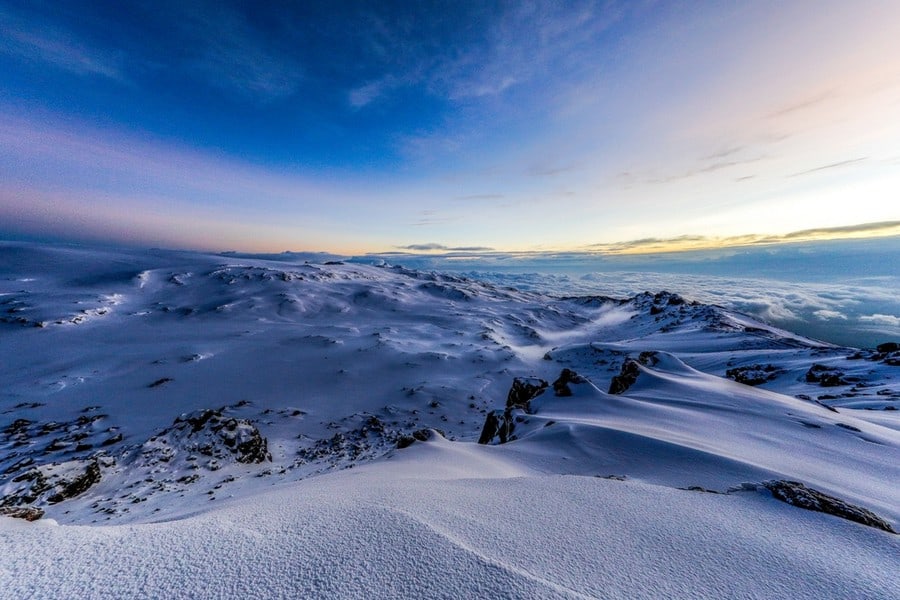
In terms of hiking difficulty, most of the daily walks on Kilimanjaro’s routes are easy to moderate, while the summit day is brutal. Our experience with thousands of people tells us that the typical client with average fitness can successfully reach the top and return safely, provided they prepare for the feat by performing specific, targeted training.
Your training regime should aim to mimic the conditions you will face on Kilimanjaro as closely as possible. This means that you exercise should consist mostly, if not entirely, of hiking and that your focus should be on cardiovascular endurance, not strength. Ideally, your regular sessions should last at least one hour and incorporate uphill and downhill segments. It’s possible to train solely on stairs or on a stair machine. You want to be at the point where you can easily recover from a workout and be ready to perform the next day.

We recommend a minimum of two months of training for active hikers, 3-6 months for active non-hikers, and 6-12 months for non-active people. The more fit you are, the less demanding the mountain will be. But understand that elite fitness is certainly not a prerequisite for achieving success.
Mental Strength
Climbing Kilimanjaro is a psychological journey as well. Consecutive days of hiking, camping, and being deprived of the conveniences of modern life can start to wear people down. The inability to endure these mental pressures can derail a climber’s morale. Therefore, finding time to hike regularly and camp before coming to Kilimanjaro can build comfort and confidence, thus reducing the stress of life on the mountain
The power of a positive outlook cannot be overstated; it fuels perseverance through the toughest segments of the climb, especially the final push to Uhuru Peak. Mental toughness can make the difference between calling it quits or persevering to the summit.
Final Words
On its surface, the thought of scaling a mountain as tall as Mount Kilimanjaro might seem very arduous, even impossible. However, when examined more closely, we see that the challenges can be overcome with sufficient planning and preparation.
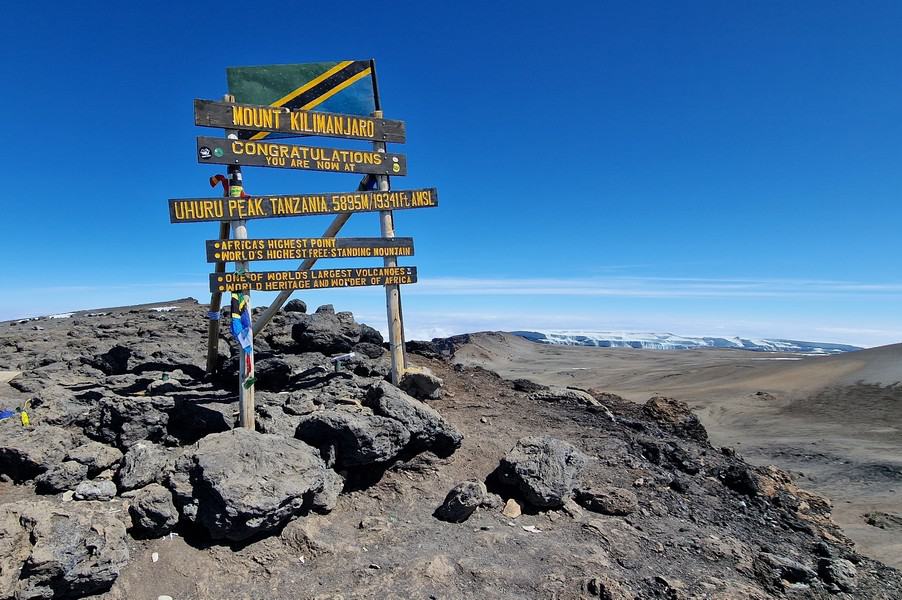
We estimate that the real overall success rate on Kilimanjaro is about 70-75% (all operators on all routes). Our success rate on the 8 day Lemosho and 9 day Northern Circuit route are greater than 90%. Therefore, choosing a longer route is the most influential decision you can make to increase the probability of success, followed by putting a serious effort into your training.
Some people say climbing Kilimanjaro is the hardest thing they’ve ever done.
Others tell us, “It wasn’t so bad.”
How you will feel about climbing Kilimanjaro likely will come down to how well you acclimatized and how hard you trained for it.



















































